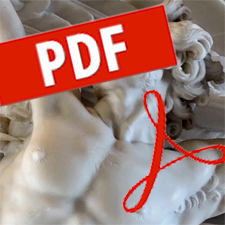The purposes of this paper are threefold: to suggest a conceptual scheme which encompasses innovations and improvements in industry; to express this scheme in the mathematical form of Poisson jump processes; and, finally, to illustrate it with a sequence of cost data drawn from three‐quarters of a century of company operations. In the stochastic process, three parameters summarise the events: (i) random intervals between innovations; (ii) different random intervals between improvements; and (iii) the rate at which the benefits of improvements decay over time. The fit between the model’s performance, on the one hand, and the cost data, on the other, is good: the theoretical deductions and the actual cost series bear a close resemblance. Most models of technological progress are based upon the mere passage of time, whereas this model stems from the events.

PAGES
5 – 13
DOI
All content is freely available without charge to users or their institutions. Users are allowed to read, download, copy, distribute, print, search, or link to the full texts of the articles in this journal without asking prior permission of the publisher or the author. Articles published in the journal are distributed under a http://creativecommons.org/licenses/by/4.0/.
Issues
Also in this issue:
-
Ryan Jenkins, David Černý and Tomáš Hříbek (eds) Autonomous Vehicle Ethics: The Trolley Problem and Beyond
-
As open as possible, but as closed as necessary: openness in innovation policy
-
Turning sportswashing against sportswashers: an unconventional perspective
-
State secrets and compromises with capitalism: Lev Theremin and regimes of intellectual property
-
In search of an author